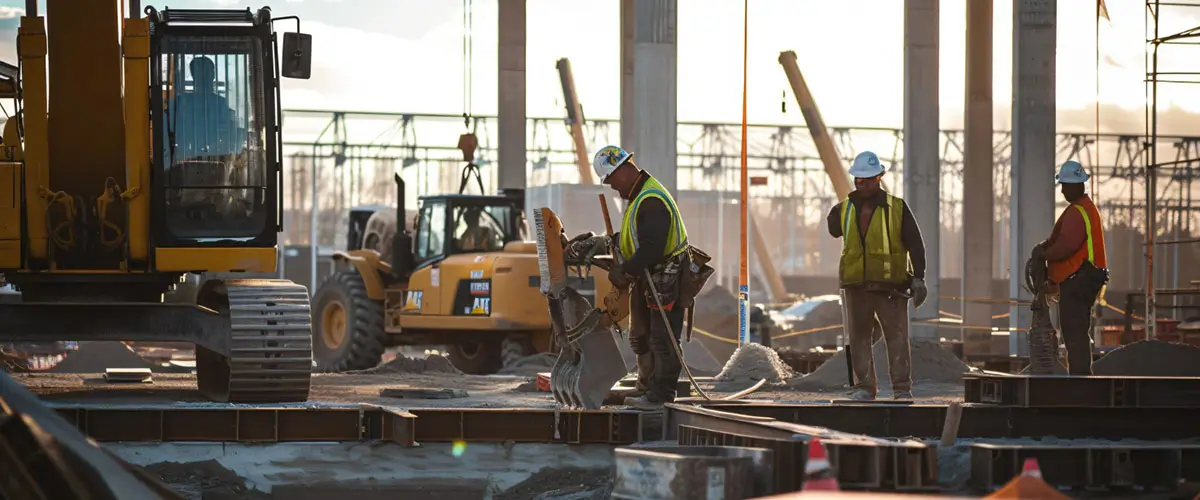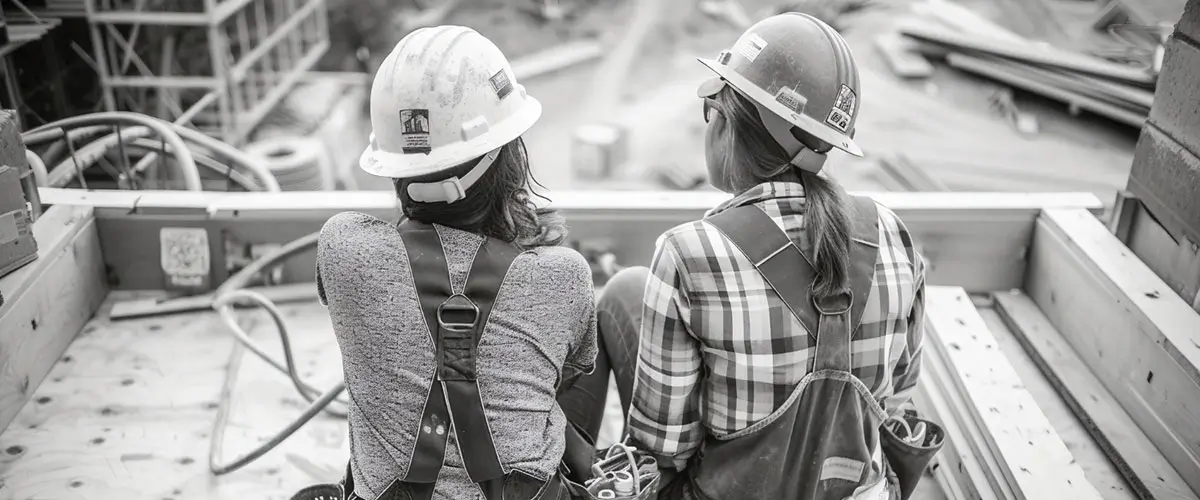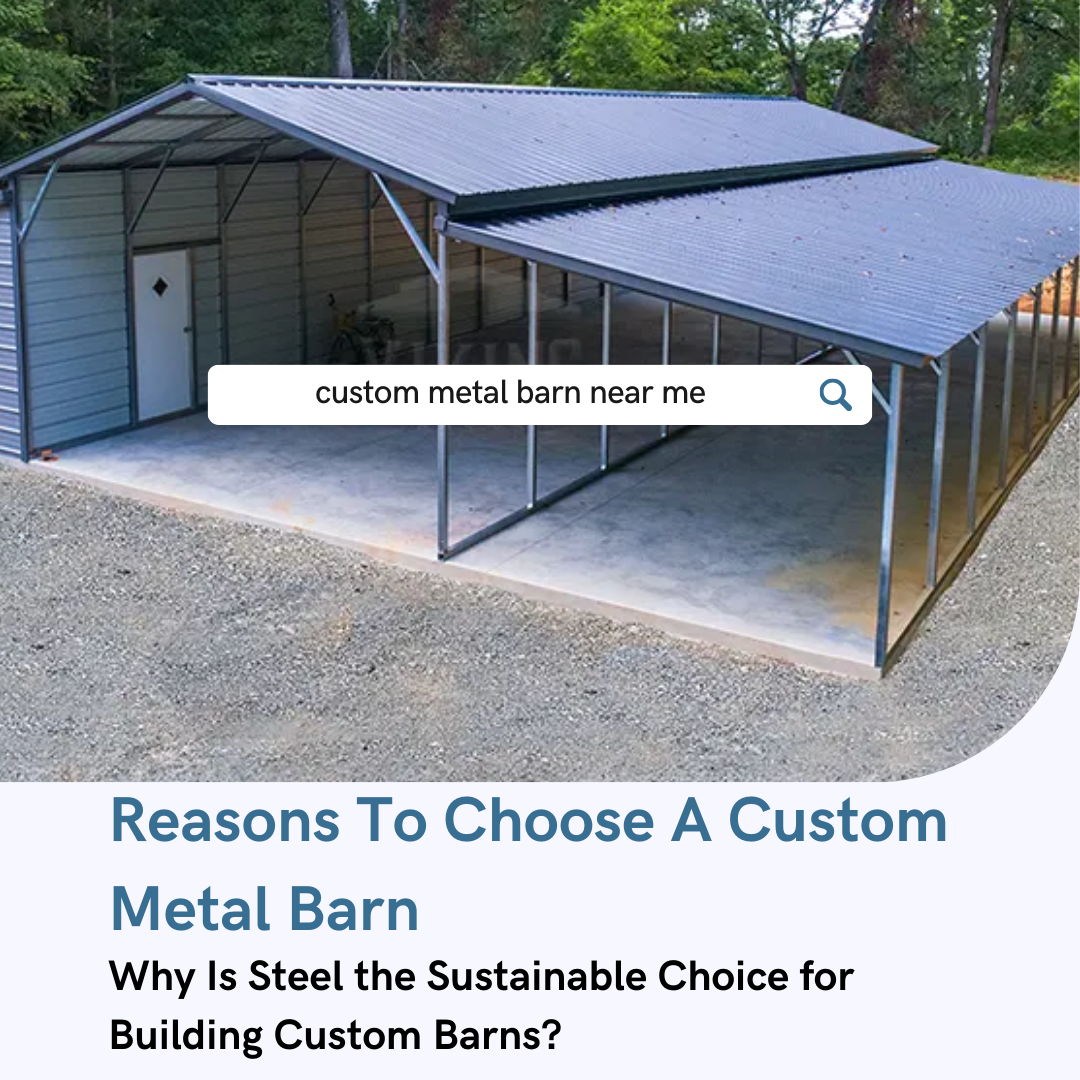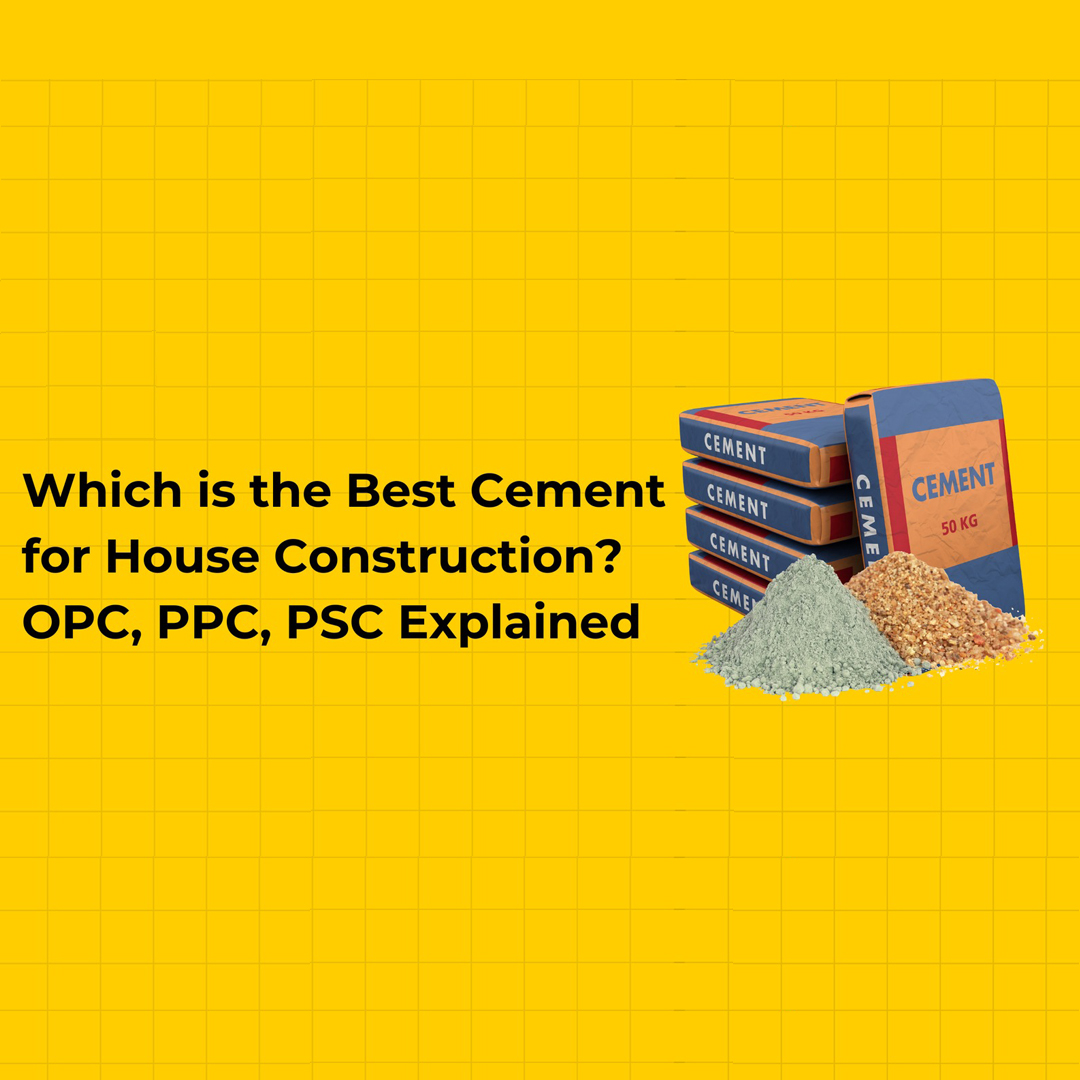Different Types of Sand Used in Construction
List of the Top Sand Types Used in Construction by 2025
Construction Industry is one of the world’s largest industries. Sand is an important component in all building and construction materials. More than 50 billion tons of sand are used to build worldwide every year. Sand is an important component in the construction of both commercial and residential structures. Sand is used in a variety of construction projects, including household, industrial, and metro buildings, as well as roadways and driveways.
Sand is used in many different ways, such as mixing concrete materials like concrete, mortar, and plaster. These aggregates are essential for many building and construction projects.
Understanding that not all types of sand have the same properties is important. Different types of sand can be used for different purposes. Due to its irregular composition, coastline sand would be an uncommon ingredient in construction.
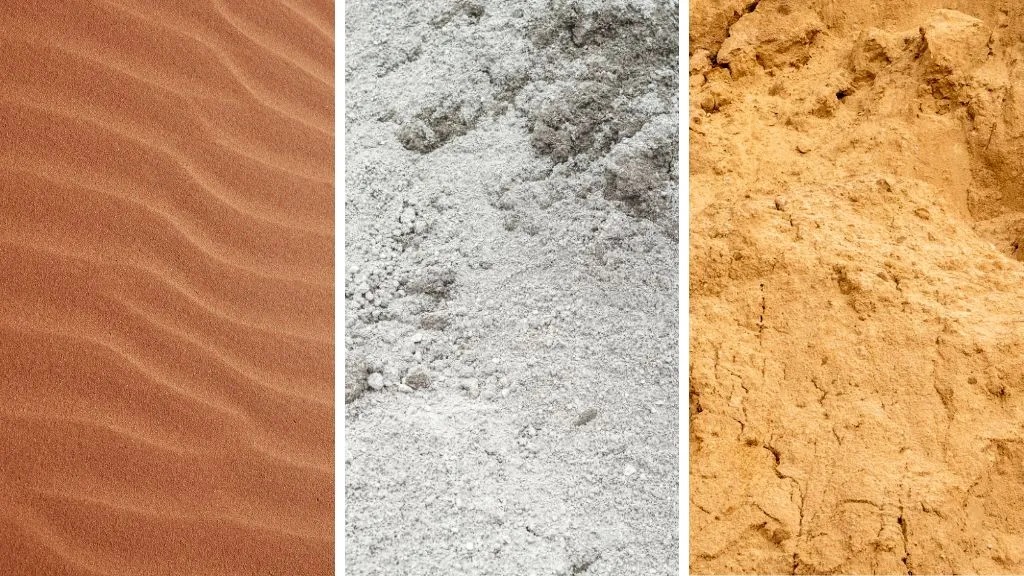
Here are the Different Types of Sand Used for Construction in 2025
1. Concrete Sand
Concrete Sand, a type of sand made in India from crushed concrete, is one such sand. This sand is used in asphalt and cement mixes. The sand in this system is crushed to remove the large rocks as well as the fragments.
It can be used to fill in the gaps between rugged aggregates when combined with water and cement. The crushed rock sand is coarser and can be used to create softer pavements.
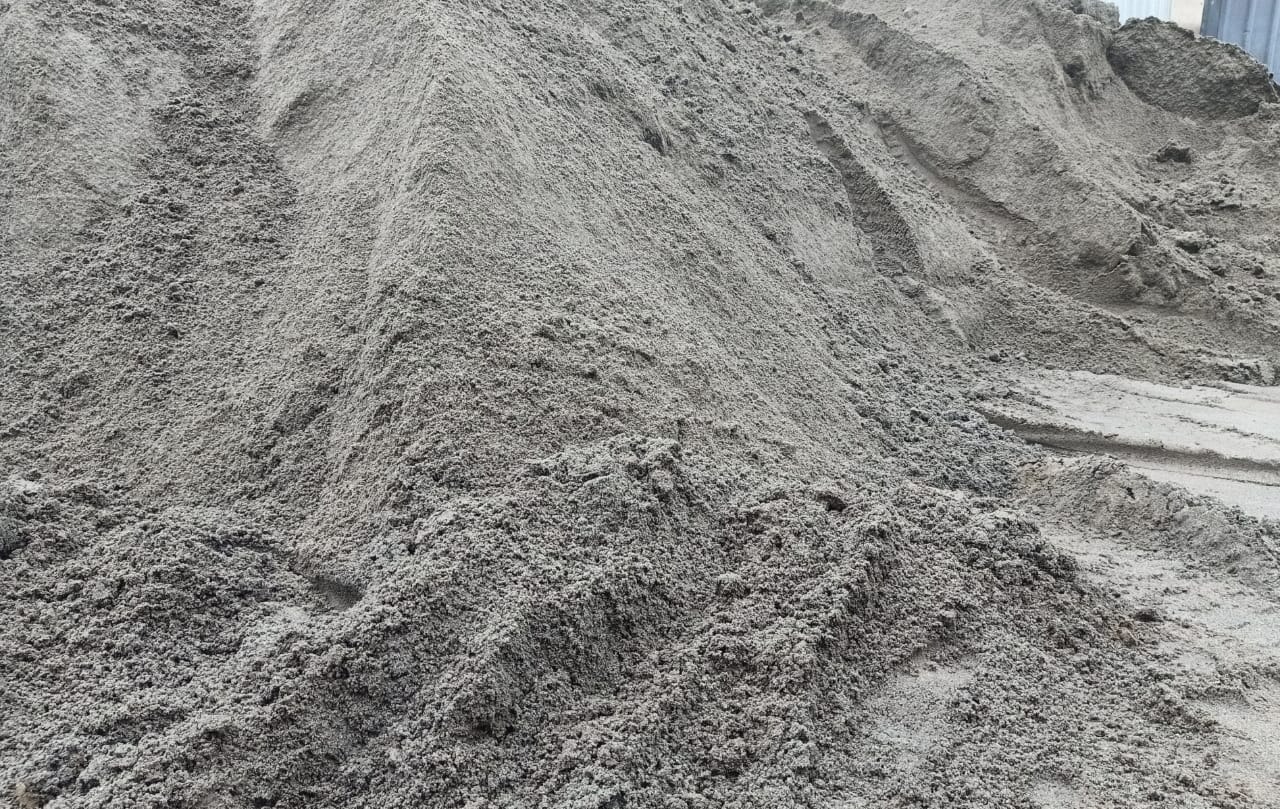
2. Pit Sand
It is the coarsest type of sand that is found in pits or 2-3 meters below ground level. Due to its excellent binding properties, it is ideal for building. It is composed of coarse, sharp, angular, and harsh grains.
Iron oxide is visible and gives them a red-orange color. These building sands do not contain salts, so they are less likely to react to moisture. This building has a rigid and solid structure.
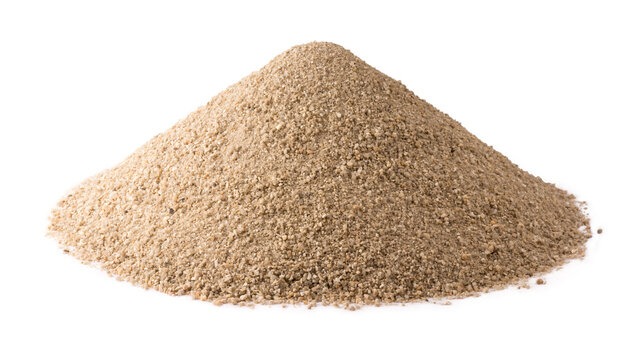
3. River Sand
The sand of this type is often found near rivers. This is a high-quality white-grey sand used in stone and concrete. This sand can be used in brickwork, RCC, and smudging.
The sand is smoother and has a better grain. It requires less water because the particles already contain water.
4. M-sand
M-sand is manufactured sand, which is used in India for construction. It’s produced in factories. This sand can be used as an alternative to river sand in concrete construction and building. The sand produced is made by crushing granite, which reduces the transportation costs of bringing river sand.
The angular fragments in the sand increase the flexibility of concrete. The angular fragments in sand increase its water requirement. Concrete web content can make up for this water requirement. It contains no silt because it’s synthetically made.
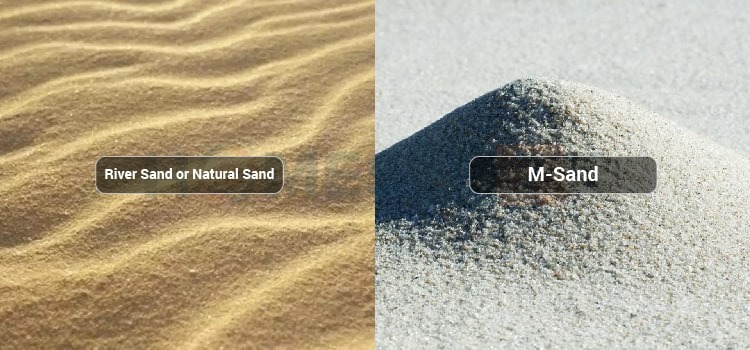
5. Utility Sand
Utility sand can be made from quartz commercially produced in high quality. Construction sand with uniform grain sizes provides excellent compaction and mechanical properties.
They are not reactive and can therefore be used in harsh environments. The building is made up of minerals that are 100% natural. They provide excellent stability and resilience.
6. Fill Sand
Fill-up Sand is used in buildings, mainly for loading. It is made up of aggregates and sand grains. It is made up of very fine rock particles which have undergone erosion and degradation. It is mainly used as a base for concrete, paving, and filling large holes.
The excellent compaction of the product makes it an ideal base material for a variety of objectives in the construction and building of a structure. When used as a backfill for septic tanks, it can be a very useful product in areas with drainage issues.
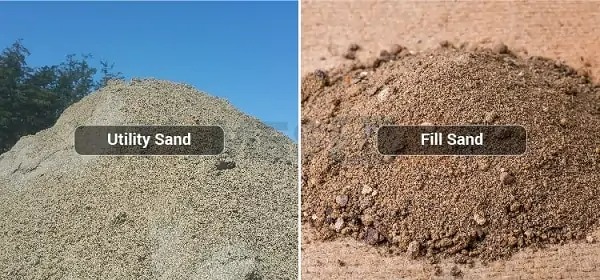
7. Coarse Sand
In India, crude sand is the most common type of sand used in construction. It can be easily blended with aggregate, cement, and water to create large concrete structures.
Coarse Sand can be used to cover pipes and septic tanks, as a base for concrete slabs or pavers, as grip sand on roads and sidewalks, and as a top dressing material when planting grass.
8. Concrete Sand
In India, Concrete Sand is a type of sand that is produced from crushed concrete. Concrete and asphalt mixtures often contain it. This sand has been crushed and then filtered to remove the large rocks and significant fragments. This is a type of coarse sand that can be blended with concrete as well as water to use as a leveling base on patio areas, walking courses, and also layers.
It can be used to fill in deep gaps between crude aggregates when combined with water and concrete. It has a smaller grain size than crushed rock sand and can therefore be used to make softer sidewalks. It is larger than white sand, but it can also be used as a filling material. This sand is ideal for many purposes due to its size and structure. It provides essential protection to a building.
9. Great Sand
Great sand is the most common sand for smudging internal walls. It provides a smooth surface at each corner. The great fragments of the sand make the walls smoother and more durable.
It will therefore hold wall coloration much more clearly for many years. However, fine sand can be used in conjunction with coarse sand for walls that are more durable and can withstand heavy construction frameworks.
Difference between M Sand and P Sand
What is m-sand? And what is P-sand? This is one of the most frequently asked questions in the construction industry. These two sands are used for different purposes and the characteristics of each will differ.
- M sand: M sand is coarser, and it has a wide range of applications in concrete mixing. It’s made up of angular particles that provide a good bond with cement. This is especially important for structural purposes.
- P-Sand: The finer and more even sand, which is size P is used for plastering and finishing. Its fine texture is ideal for finishing off a project.
Sand Size Impact on Construction
Sand particles are available in a variety of sizes. Sand particles are available in a variety of sizes. Sand can be classified according to the size of its particles. Sand is classified based on its actual use in the construction industry.
- Fine Sand: This is sand where the particles are less than 0.075mm. It is perfect for finishing and plastering.
- Medium sand: Particle size is between 0.075mm and 0.425mm. This is mainly used in concrete mixtures.
- Coarse Sand The particles have a diameter greater than 0.425mm. This sand can be used to make brickwork or as a concrete base.
What Sand is Best for Construction?
The type of sand that is used in construction depends on the project, as well as the other requirements. M Sand and C Sand are used primarily for concrete, while P Sand is perfect for plastering works. River sand is one of the most desirable sands in terms of texture and smoothness, but it’s not always readily available due to environmental concerns. In these cases, M-sand is considered the best choice.
Conclusion
Selecting the correct sand size and type is crucial to ensuring that your construction project will be high-quality and durable. Knowing the different types of sand and how they are used can help you make the right decisions, whether you’re looking for C sand or P sand. You should consider the sand grade, the differences between P sand and M sand as well as the other factors to ensure your project is built on a solid basis.
Most Frequently Asked Questions?
- What are the common types of sand found?
Silica is the most common type of sand on non-tropical and continental coasts. The sands are usually quartz, and they resist weathering very well. Their grains are made of SiO2, which is why they are so hard.
- What is the best sand to use?
Mason sand, the finest available sand, is used in masonry. You can use it to fill sandboxes or volleyball courts.
- What is the best construction sand?
It is used for construction due to its strong binding properties. It is coarse and can be found in pits 2 to 3 meters below ground level.
- What kind of sand can be found on the beach?
Sand found on beaches has a common composition of feldspar and quartz. This mineral formula gives off a “beachy” vibe with a light-brown complexion.
- What is standard sand?
Indian Standard (IS 650), sand, is made up of 99% silica sand and 0.1% water. This type of sand is composed of uncrushed, rounded grains. This sand is sold in 25 kg bags and is used to test hydraulic cement.
- What are the types of sand dunes that exist?
A dune is a mound of sand that has been blown up by the wind on a desert beach or in a desert. Dunes are usually classified according to their shape.
- Parabolic
- Dome
- Star
- Linear
- Crescentic
- What are the different types of sand?
Sands are classified according to their color, use, properties and the source from which they were obtained. Here are a few examples of the different types of construction sand.
- Concrete sand
- Pit sand
- Natural Sand or River Sand
- M-sand
- Sand for utility
- Fill sand
- Gravelly Sand
- Sand coarse
- Fine sand
- Plaster sand
- Brick sand
- Sea sand
- Heavy mineral sand, etc
- What is the difference between P sand and M sand?
M sand, which is coarser, is used for concrete production. P sand on the other hand is finer for finishing and plastering.
- What type of sand would be best for construction?
This depends on the type of work. Ideal for concrete production is M or C sand. For smooth plastering, P sand has a superior finish.
- Can sea sand be used in construction?
Sea sand is used for filling materials and road base but it’s not recommended to mix concrete as the salts in it can weaken the concrete.
11. What is the best sand to use for construction?
Concrete sand is the best type of sand to use for construction since it is used in concrete mixes and bedding pipes. The texture of concrete sand is much larger than other types.
12. Which one is the best sand?
Mason sand is one of the best types of sand.
13. What is the most precious sand?
Zircon Sand is the most valuable type of sand. Zircon is expensive and therefore is given a higher rating than other types.
14. What is the best flooring sand?
Fine sand is the best type of sand to use for flooring. It is a mix of crushed stone and natural sand.
15. What are the four main types of sand?
The four main types of construction sands are Concrete Sand, Pit Sand (also known as River Sand), M Sand, and River Sand.
16. What are the different types of sand in India?
There are six types of sand used in India. Some of them include – Pit Sands, River Sands, Concrete Sands, M Sands, Utility Sands, and Fill Sands.




